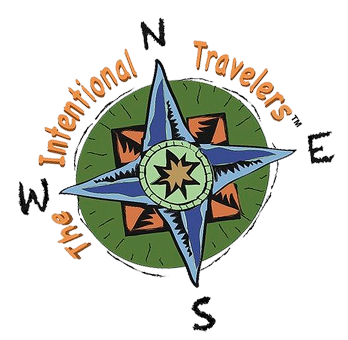
A BIT OF HISTORY

In the mountains of northern Peru where the Urubamba River flows through a valley flanked by steep peaks is a remarkable place. It is a strange collection of stone buildings sitting on a narrow saddle between two mountain peaks. The area is remote and the stone buildings were completely overgrown. At the beginning of the last century only a few locals living in this remote area were aware of it and one family actually lived there. They tended their gardens growing on the steep terraces built across the mountains face.

The First American Expedition
Hiram Bingham was a lecturer at Yale University, although not an archaeologist in 1909 he travelled through Peru and was invited to explore the Inca ruins at Choqquequirau in the Apurímac Valley. He was so intrigued that he organized a 1911 Yale Peruvian Expedition to search for the Inca capital. In Cusco, Bingham asked about places rumored to exist along the Urubamba River. According to Bingham, “one old prospector said there were interesting ruins at a place near Machu Picchu. Later Bingham learned that a Charles Wiener was looking for the ruins at Huayna Picchu and Machu Picchu, but was unsuccessful.

Armed with this information the expedition went down the Urubamba River. At Mandor Pampa, Bingham asked local farmer and innkeeper Melchor Arteaga if he knew of any nearby ruins. Arteaga said he knew of excellent ruins on the top of Huayna Picchu. The next day, 24 July, 2011 Arteaga led Bingham up to the Machu Picchu location. At the top of the mountain there was a small hut occupied by a couple who were farming some of the original Machu Picchu agricultural terraces that they had cleared several years earlier. Alvarez’s 11-year-old son, Pablito, took Bingham across the ridge to the main ruins.

The ruins were mostly covered with vegetation except for the cleared agricultural terraces and clearings used by the farmers as vegetable gardens. Because of the vegetation, Bingham was not able to observe the full extent of the site. He took preliminary notes, measurements, and photographs, noting the fine quality of Inca stonework of several principal buildings.
The expedition continued down the Urubamba and up the Vilcabamba Rivers exploring Inca sites. Bingham rediscovered and identified the site of the old Inca capital, Vitcos, and the nearby temple of Chuquipalta. He then crossed a pass and into the Pampaconas Valley where he found more ruins heavily buried in the jungle at Espíritu Pampa, which he named “Trombone Pampa”. As was the case with Machu Picchu, the site was so heavily overgrown that Bingham could only note a few of the buildings. In 1964, Gene Savoy further explored the ruins at Espiritu Pampa and identified it as Vilcabamba Viejo, where the Incas fled after the Spanish drove them from Vitcos.


Bingham went back to Machu Picchu in 1912 under the sponsorship of Yale University and National Geographic and with the full support of Peruvian President Leguia. The expedition undertook a four-month clearing of the site with local labor, with further excavations undertaken in 1914 and 1915. Bingham focused on Machu Picchu because of its fine Inca stonework and well-preserved state, which had lain undisturbed since the site was abandoned 1532. He carried various artifacts back to Yale with one being a set of 15th-century, ceremonial Incan knives made from bismuth bronze; they are still the oldest known artifact containing this metal alloy.

